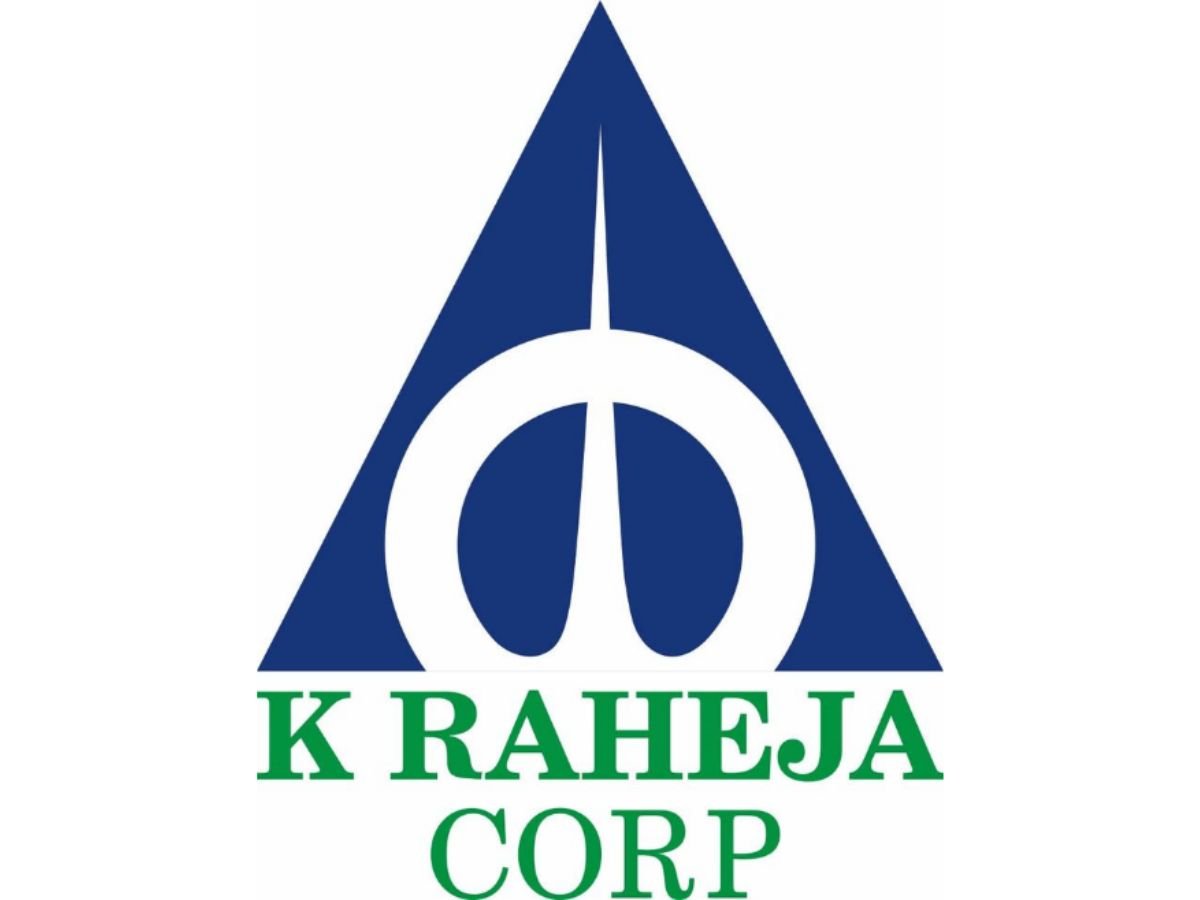
Sidhavelayutham, CEO and Founder, Alice Blue
Bangalore (Karnataka) [India], March 14: Commodities have been a fundamental driving force in our lives. If you look around, the petrol in your car is a refined version of crude oil, the electrical wiring in your home is made of copper, and India happens to be the second largest gold consumer in the world right now. These commodities are not only used by the end users like us, but also it is raw materials for oil refining companies, wire making industry and jewelers. In fact, these are traded globally by these companies to hedge their commodity price risk in the future. Additionally, investors/traders use price volatility to hedge their portfolios or make short-term gains.
Let’s take the last 5-year price movement of crude oil. It has been a roller coaster ride due to multiple global events. From the start of Covid in January 2020, crude oil demand started falling on account of worldwide lockdown decisions that led to a steep fall from Rs. 4654/barrel to Rs. 795/barrel on 28 April 2020. However, it bounced back soon as vaccine formulations started rolling in. In fact, in just one year, the price was back at pre-covid levels, and it remained largely in that range until the Russia-Ukraine tension started building up in early 2022. The war led to the price shooting up further to Rs. 9996/barrel on 8th March 2022 on concerns that there would be a global oil shortage. So, in a span of just 2 years, you saw crude oil volatility from Rs. 795/barrel to Rs. 9996/barrel.
The organized commodity derivative market began in India with the formation of the Bombay Cotton Trade Association in 1875. However, it used to be usually over the counter without any involvement of an exchange. The formal exchange-traded commodity futures market is over two decades old now that started with the formation of the Multi-Commodity Exchange (MCX) and National Commodity and Derivatives Exchange (NCDEX) in 2003. The biggest advantage of commodity derivative trading on these exchanges is that it eliminates counterparty risk and guarantees settlement.
Now, talking about the market share of commodity futures, MCX leads the pack with the lion’s share of 96.8% (9MFY23). So, that’s where you will find the most liquidity across major non-agri commodities contracts. NCDEX has a 3.1% market share with a primary presence in agri-commodities.
In order to better understand liquidity, have a look at the volume and value of MCX since 2015, when SEBI took over as the regulator of the commodity market in India. Over the last 7 years, the total value has more than doubled, with an average of over 20 crore contracts per year.
In fact, when you look at the commodity turnover at Alice Blue and its traded volume, the upside potential is clearly evident in FY21. With further participation, the equation certainly looks promising ahead. 
In order to bring in more and more participation from the investor and trader communities, there have been a lot of initiatives undertaken by MCX/SSEBI, like the Introduction of mini contracts across commodities like gold, silver, aluminium, lead, zinc, ~Commodity options (on commodity futures) introduced in 2017 is picking up now etc. to name a few.
It is due to these multiple steps that the Indian commodity market is becoming more and more mature with time. The Average Daily Turnover of options has surpassed futures on MCX continuously in the last two quarters. In terms of reach, MCX has expanded its base significantly over the years to 739 cities/towns in India.
If you have any objection to this press release content, kindly contact pr.error.rectification[at]gmail.com to notify us. We will respond and rectify the situation in the next 24 hours.
The post Commodity trading gains momentum – by Sidhavelayutham, CEO & Founder, Alice Blue appeared first on City Lights.







Recent Comments